
Another two stages of the Hertogenpad. The ground forecast: sand, sand, sand. A challenging 46 km with tips on how to save on foods while stabilizing the blood sugars.
It was a Saturday morning, around eight o'clock during the holiday period. Who on earth goes to the Efteling amusement park to run? Well, that would be me... The bus was half full, which was already quite crowded considering corona, but luckily nobody had to sit next to a stranger in the benches as it was so early. My own fault, I should have run that third stage last time, so I didn't have to start at the Efteling.
This Saturday stage 3 and 4 of the Hertogenpad were on the program. About 44 km, plus those 2 km from the bus stop at the Efteling. And even though I knew that this stage would mainly consist of sand, I still felt like going for it. Even the sweaty sticky weather – actually no better than walking at 36 °C – couldn't dampen the enthusiasm.
Loonse en Drunense Duinen
After a short run through the forest, where the top layer was made of loose sand as well because of the drought, I finally arrived at one of the largest drifting plains of Western Europe. Endless dunes - shifting sands - without cops trying to get money out of them because of unclear regulations (see The endless runner).
The nice thing about these kinds of drifting plains is that they are often completely empty and that they are reminiscent of a beach. Unfortunately it had been so dry lately that the dunes were very soft. Every step – even in flatland beach mode – meant sinking in a little. So the first meters I mainly played with the camera and after that I tried to run quite close to the edge of the dune. Running over the tops is often better; there the sand is more compressed.
Especially now it was convenient to follow the route on gpx. Although even on the dunes there were markers here and there, it was a real search to find them. Some bollards were almost buried under the dunes, others just didn't stand out. And I was somewhat distracted by the light purple heather in the distance. This weekend I would not pass it via the official route, but I had already planned a round trip to the Posbank – the most beautiful heather in the Netherlands – for the next weekend, so a detour on this already long route didn't seem necessary to me.
Runners' paradise
On the previous route I grumbled a bit about the relatively high number of paved kilometers, but here I could really indulge in unpaved roads. The route wasn't built along the steepest climbs, but there were enough push-moraines to cross.
I always feel like playing when I am in such a landscape. You run on a flat road and all around you are high walls. Covered in warm leaves in autumn shades, here and there some sand or earth on the surface. And as sweet afterthought some big trees at the top, with their roots bare, inviting you to climb them. If I did not have 46 km on the program, I would have done some hill training around here.
The beeches feel like natural air conditioning, because again it is very warm and oppressive. But once you run on a beech avenue, the temperature seems to drop a few degrees. Very different from the climate underneath oaks or pines.
Rust-brown
Once again I end up on a sandy plain. The strange thing is, that on this plain a kind of brownish moss seems to grow. Rusty brown, it does on the one hand – moist – remind of the end of winter and on the other hand – colour – of autumn, while we are actually at the heart of summer.
The road leads to the Great Plain. However, I was seduced again by a beautiful steep sand descent, so I ended up on a mountainbike path. I thought I was still on the route with that, but soon it turned out to deviate more and more from the gpx. The real route went over a higher dune, which I couldn't reach anymore. Apparently the official route line ran through the sand quite close to the MTB path. It strikes me more and more that lines on the Fenix 5x can be off by as much as 20 meters from the real path.
I scream
Once I detached myself from the desert, the village of Nieuwkuijk followed, the end of stage 3. I did need an ice cream, but the mill at the beginning of the village already had a lot of guests... Therefore I ran towards the church, as there are often a lot of restaurants closeby churches. To my great regret they were all closed around noon. What is it with Brabant, that you can't just get a drink or ice cream between 11 and 12 o'clock on a Saturday.
In the end I went to the mill anyway. Luckily there was still a spot available there. And contrary to what I thought, given the luxurious appearance, it wasn't expensive at all. About seven euros for two bottles of cola light (yes, thirsty) and two scoops of sorbet ice cream with whipped cream.
Moerputtenbrug
I was really looking forward to stage 4. On the internet I had seen a picture of an old railway bridge, that should – not to be seen on that picture – run over a swamp. It looked slick and running over a swamp seemed like an awesome thing to me as well. What kind of plants and wildlife would I see there?
The fact that the line is popularly referred to as the half-sole line only enhances the anticipatory fun. In Dutch half sole actually means half wit. This line between Lage Zwaluwe and Den Bosch was needed to transport raw materials for the shoe industry. Construction started in 1888, but of course it took longer than planned. In a swamp you can of course count on floods and mosquito plagues. Eventually the line was put into use in 1890. Almost 100 years later, the municipality wanted the bridge demolished – the railway line itself had become unprofitable and was shut down – but fortunately this never happened.
After a bit on paths with painfully large stones, no stoneguard, I finally came to something that at least looked like the bridge on the picture. Yellow railing, railway sleepers and a steel plate on the spot where the train used to ride. Was this all there was? A short piece oversomething that looked more like a ditch?
Disappointed I ran on. And on. Until finally I reached the real Moerputtenbrug, which is 600 m long. An impressive length over a lake like ‘moore’ (Moer) full of water lilies. From afar I also saw a white heron fishing quietly in the low water.
Of course I couldn't resist to take a lot of pictures here while playing. Those steel bridge plates really rock and roll when you run over them. And the view is really beautiful.
Runner’s World apparently thought the same thing. Bert Pessink has written a piece about my team for the Circumpolar Race Around the World and they used the picture at the top of this article. It's great that they did that, because it allows even more type 1 diabetics to see that they can achieve anything they want.
Den Bosch again
In the meantime it seems almost like a habit that I end up in Den Bosch. Of course there are a lot of different walking routes through Den Bosch, a city that is really in the middle of nature.
I entered the city through the Palace Quarter. The flats there are very special. With their convex shapes and reflective aluminium front, they are reminiscent of the sails of the Spanish Armada. I am not totally sure whether that's a good thing given the history of the Armada fleet.
This time I had to go through the city, in the direction of Den Dungen. Unfortunately this was not a good part for corona times: the routemakers want to show you some of the famous shopping streets and the cathedral. I should have cut this part off beforehand, because on a Saturday in the afternoon, 1.5 m is practically impossible here. Not to mention making speed.
The last few kilometers I slowly left the city through the meadows, and between meter-high plants. For a long time with a view on the walls of Den Bosch. It's a pity that after all those beautiful unpaved kilometers, the end of stage 4 is a bit of an anticlimax: a lonely bus stop to take me back to Central Station. However, I'm already looking forward to continuing on the path, even though the sand stages were tiring to walk.
Fuel: Generation Ucan
This day I walked with a fairly stable blood sugar. Nevertheless, hardly any gels were needed. That's mainly because I used a starch drink. One that's very similar to Generation Ucan, but costs only a quarter of that...
In previous posts I've often told about Generation Ucan, a drinking solution based on so-called superstarch. This is modified corn starch that slowly releases the carbohydrates and therefore ensures a very stable blood sugar. The story started about 20 years ago with Jonah, a boy with a special metabolic disorder in which glycogen – the energy storage in our body – cannot be converted into energy. The result is that the boy has to take carbohydrates every 2 hours to keep the blood sugars liveable. Such shots cause peaks and rapid drops in the blood sugars, and these peaks are very tiring for the body, as diabetics know very well.
Thanks to a new method of processing cornstarch, superstarch was produced in 2008. It ensures a more stable release of carbohydrates. As a result, Jonah can even sleep through the night. And athletes who consume a lot of energy, such as Olympic marathon runner Meb Keflezigi, have been using it ever since to take the peaks out of their blood sugar levels.
Sounds great, and yes, it really works, but it's awfully expensive. That's why I started looking for alternatives on the internet. It turns out that unmodified cornstarch works almost as well as Ucan. Not really surprising: in the 80's I took part (as a child) in the Academic Hospital Groningen with a test on the use of cornstarch or muesli before going to bed. Indeed: the goal was a more stable blood sugar at night.
The design of the study was not entirely ok, as the nursing staff had just too little understanding of the daily life of diabetics. The daily values were therefore anything but stable, so I don't know if the test was still usable. As a child I also found cornstarch quite disgusting. But it's much cheaper and it does do its work of keeping the blood sugars more stable. Practically as well as Ucan does, as shown by the company's own research . Ucan gives a slightly lower peak (13 percent lower than cornstarch and 57 percent lower than glucose) in the blood sugars than cornstarch, and it works a little longer. Compared to the sober baseline, after 7 hours the blood sugar level was 4 percent lower with Ucan and 13 percent lower with cornstarch. But that's already very good and much better than can be achieved with gels. If you take it just a little more often, unmodified cornstarch is almost as effective as Ucan.
Make it yourself
As I said: starch tastes quite bad and it doesn't dissolve very well in water either. Unfortunately Generation Ucan also has both of those problems; the tasteless version is not brilliant and often there is a layer of superstarch left behind at the bottom of the softflask.
Because Ucan usually also contains salts (including magnesium) and flavouring, a small supplement is required for a good comparison. For convenience I decided to use an electrolyte tablet from Nuun. The tablet provides all the necessary salts and minerals plus the taste of fruit punch or watermelon. It was immediately the most expensive ingredient in my Ican, a tablet costs about 80 cents. But add the price of 35 g of cornstarch to this and it still costs at most a quarter of the official Ucan per 500 ml of water.
In practice – I've tested it on several runs - this mix also works fine for more or less stable blood sugars. And to be honest, I find my Nuun variant even better to drink than Ucan. Just like Ucan, I've maintained here that I drink 500 ml half an hour before, and then another serving every 2.5 hours. The nice thing is, this mixture seems to quench my thirst better because of the Nuun tablet. I would therefore definitely recommend this 'Ican' for both diabetics and normal runners.
When making the Nuun I want to give you a good tip: first dissolve the Nuun and then shake it with cornstarch. If the effervescent tablet of Nuun does not dissolve properly, it may build up pressure in your softflasks. Of course you can also make cheaper alternatives with lemonade syrup and a pinch of salt.
Recipe
1 Nuun tablet
35 g cornstarch
500 ml water








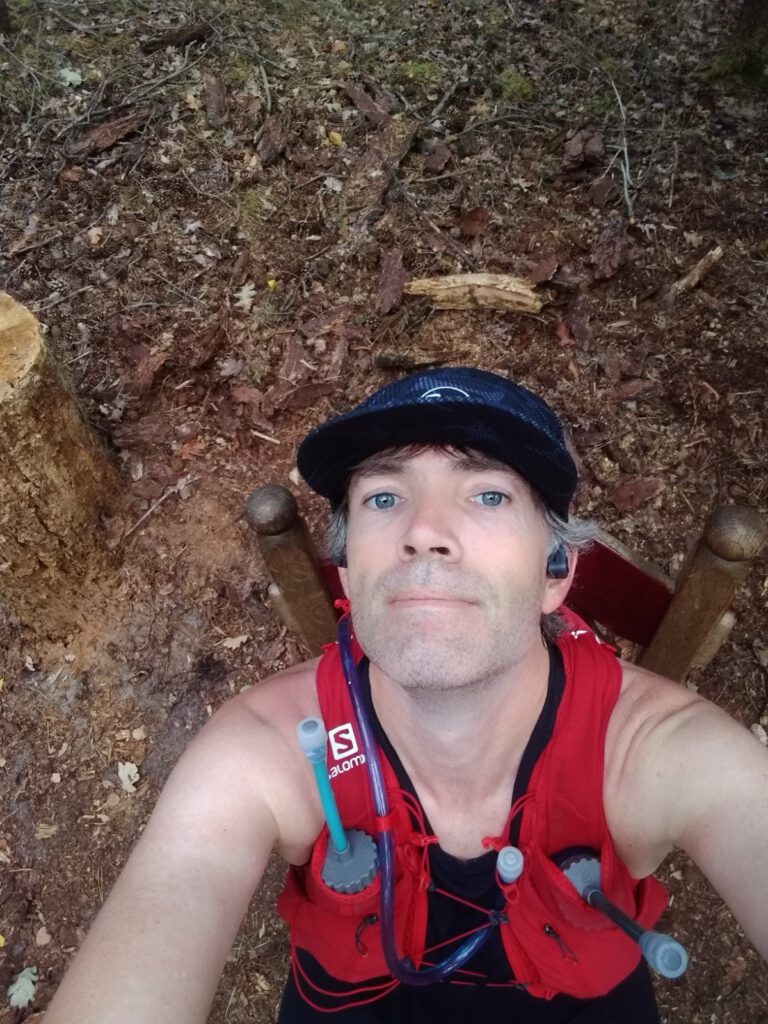




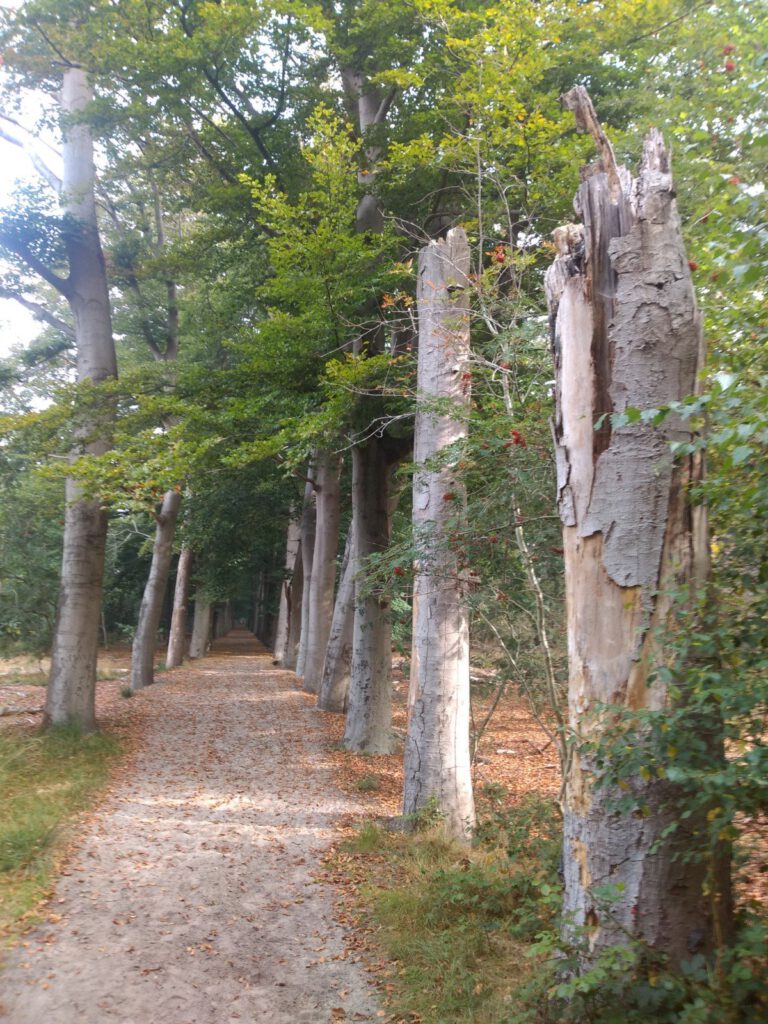

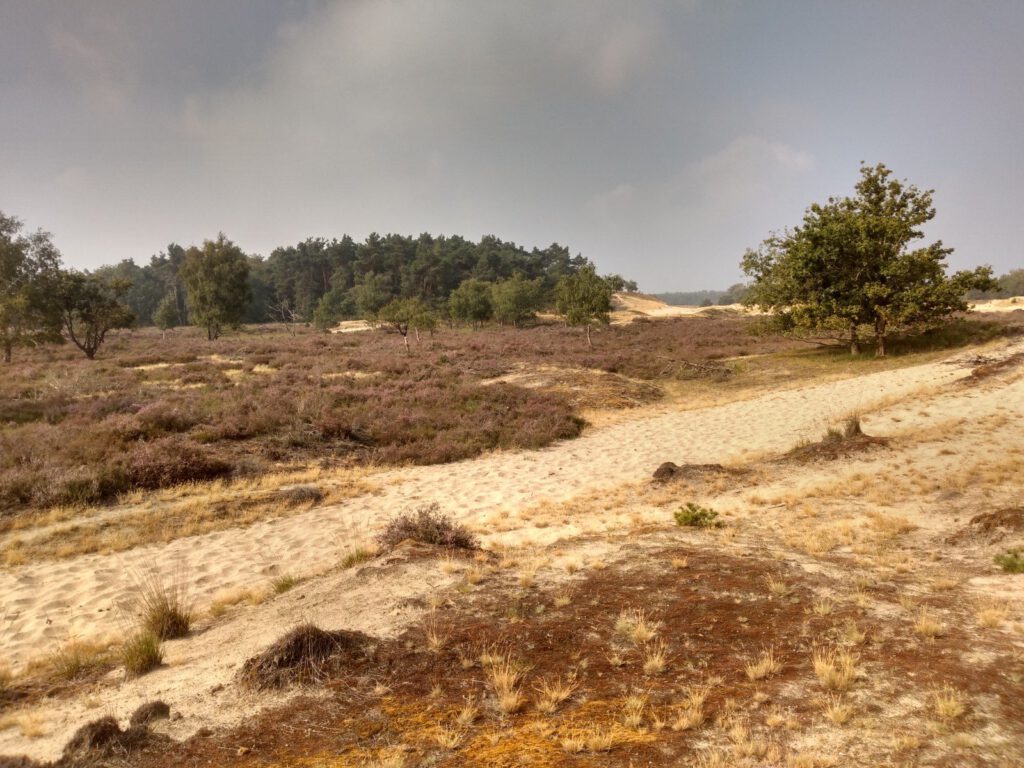
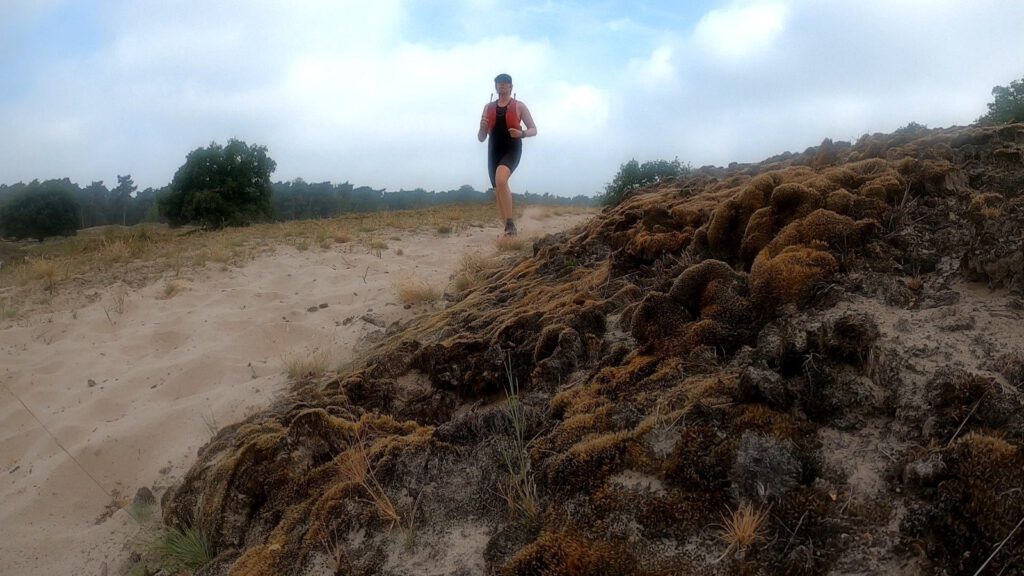














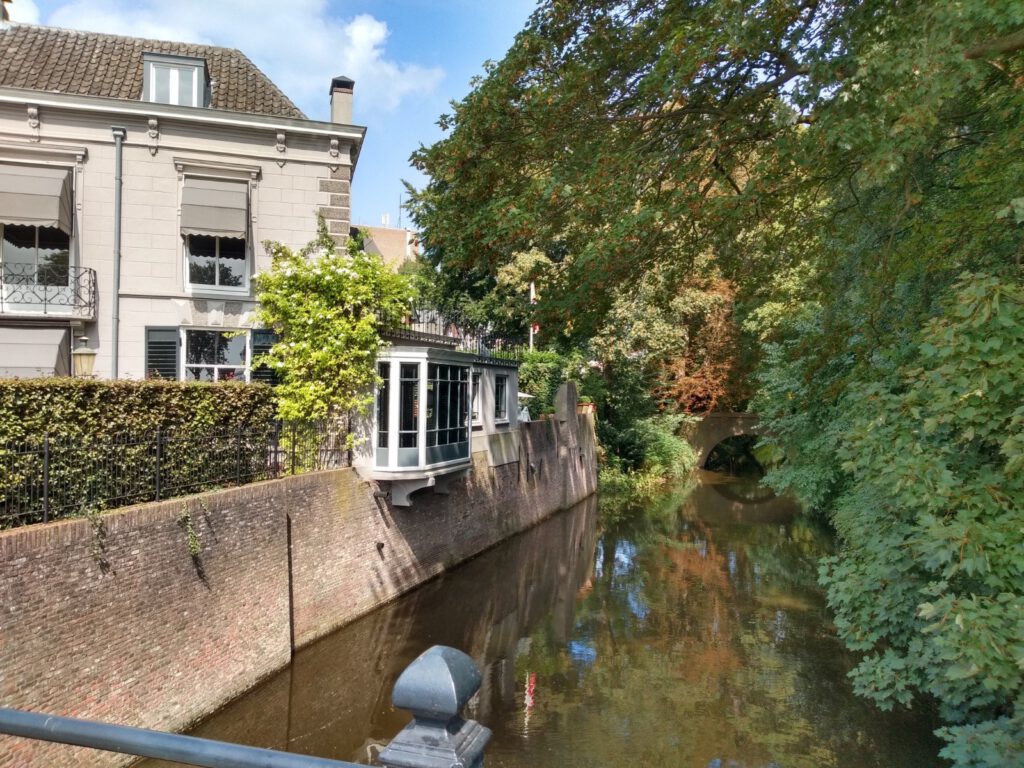









Wow! Absolutely amazing. Very nice pictures. Go on!
Thanks for the tip, I'll definitely give it a try (I'm a bad eater on the way, but NUUN I like to drink)
Great, let us know how you like it. It is also important to take the first dose about half an hour before the run.